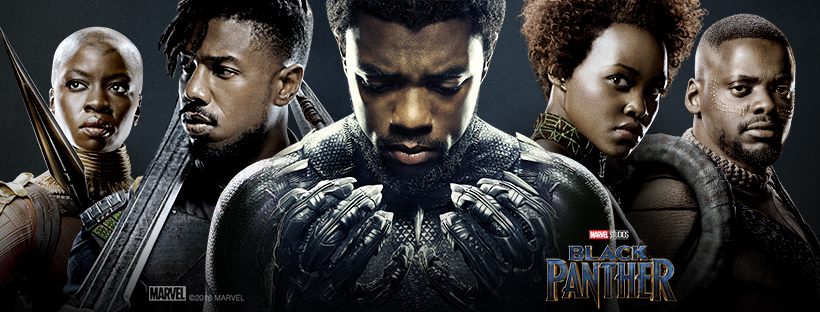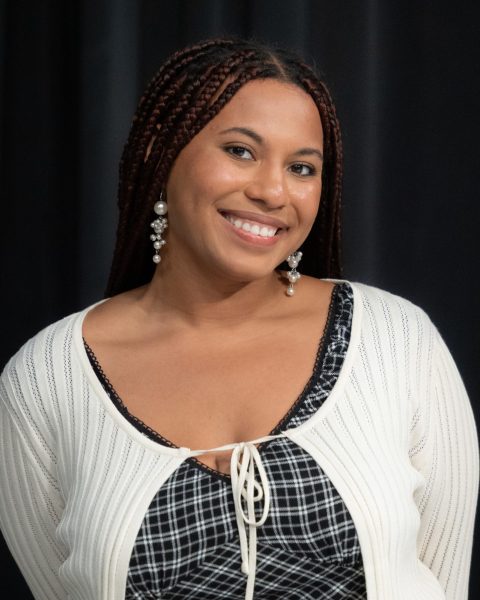As an avid comic book reader since 2014, I can recognize how repetitive and formulaic superhero movies can be.
Many times it can feel like you’re rewatching the same hour-and-a-half of footage, with similar actors in different colored costumes saving the world from some sort of personified Earth-shattering threat.
The issue of homogeneity in Hollywood is not a new or surprising one. However, it is one that can only be fixed through filmmakers finding new avenues from which to make stories.
One of the easiest and most impactful ways producers and filmmakers can do this is through diversification. By introducing characters with different backgrounds and cultures, it becomes increasingly easier to tell fresh and exciting stories. Additionally, when the people behind the screen look similar to those in front of it, the authenticity of the experiences on screen are palpable.
A recent release that did this exceptionally well is the new Blue Beetle movie, directed by Ángel Manuel Soto.
The movie followed Jaime Reyes, played by Xolo Maridueña, a recent college graduate moving back home to fictional Palmera City.
However, things become difficult for the new alum as he finds himself bonded to a living alien weapon, and has to fight in order to protect the world from a company’s dangerous plan to militarize the technology.
At first glance, the plot of this movie does not seem revolutionary. In fact, it seems like the kind of story I’d skip if I were looking for new and exciting superhero material. However, by virtue of the cultural and aesthetic differences between Soto and most film directors, the movie felt like none of its predecessors at Warner Bros.
Palmera City is based off of El Paso, Texas, and with several landmark scenes being very clearly filmed in Puerto Rico, giving Latines both inside and outside of the United States in the audience a distinctly familiar world to learn about. However, I feel that the best way culture was used to differentiate “Blue Beetle” from other superhero movies was the way family was utilized.
While in most superhero movies the main character might struggle to tell family about their abilities or the dangerous work they do at night, in this movie our main character finds out about his powers at the same time as his relatives, breaking the tired precedent of the secret identity and constant sneaking behind the family’s back.
For most Latines, family is extremely important. Without family, there is no culture and no traditions, there is no support and no guidance.
As such, for many of us, that love and transparency we grant our family members is not only related to ourselves as people, but to our identity as Latines.
In short, this movie is a testament to the importance of diversification in Hollywood. However, it is not the only motivator that producers should consider.
Blue Beetle premiered at No. 1 at the box office, as well as outperforming both “Flash” and “Shazam! Fury of the Gods” (Warner Brothers’ latest superhero releases beforehand) despite the economic strain the actors’ strike is placing on box offices.
This seems to be far from an unrelated incident, as Disney’s “Black Panther” grossed over $1.3 billion dollars worldwide, which was followed by another $800 million when the sequel “Black Panther: Wakanda Forever” released four years later.
Not only does diversity create artistic differences between movies in a similar genre, but it does so while bringing in good revenue.
Although the process of diversification might seem intimidating to many in the industry, its economic and cinematic impacts should not be ignored.
As such, if studios want to continue creating relevant and exciting movies, they should put themselves in a win-win situation and opt to diversify their boardrooms, producers, actors and audiences.
This story was written by Clara Lebrón. She can be reached at [email protected].







